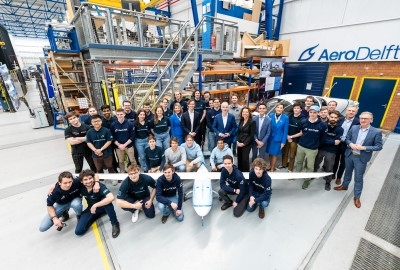How high-temperature fuel cell technology can make aviation sustainable
According to many scientists, the best way to make aviation sustainable is to introduce fuel cells in aircraft, powered by hydrogen. Hydrogen-powered engines would be environmentally clean as they do not generate carbon dioxide and nitrogen oxide. The problem of the high weight of fuel cells for power generation can be solved by introducing a high-temperature fuel cell system.

In a technical analysis, SimpleFlying explains that, unlike conventional combustion processes, fuel cells generate electricity through an electrochemical reaction. Fuel cells require a continuous supply of fuel and oxygen to provide continuous electrical power. Hydrogen, the report states, is a strong candidate as the ‘fuel’ for fuel-cell technology.
The report explains that a single fuel cell is only a few millimeters thick, and it generates little energy. Therefore, large stacks of electrically connected fuel cells and channels of numerous stacks are required to provide sufficient power to the aircraft. However, installing large stacks of fuel cells for power generation significantly increases the aircraft's weight.
“One way to reduce the weight of fuel cells is to implement a high-temperature fuel cell system”, SimpleFlying reports. “Greater operating temperatures not only minimize aircraft weight but also improves the efficiency of the propulsion system.” If the fuel cell system is based on a high-temperature air-cooled PEM, there is a potential for lower masses and a high-efficiency thermal management system. The resulting fuel cell system, with tank and fuel, will now be 1.2 and 1.5 times heavier than the gas turbine system.
With the fuel cell stack at much higher temperature, a simple cooling system can be installed. There is no need for a heat exchange surface or additional cooling power, which keeps the weight of the system to a minimum.
In that way, high-temperature fuel cell technology can contribute greatly to make aviation sustainable.


